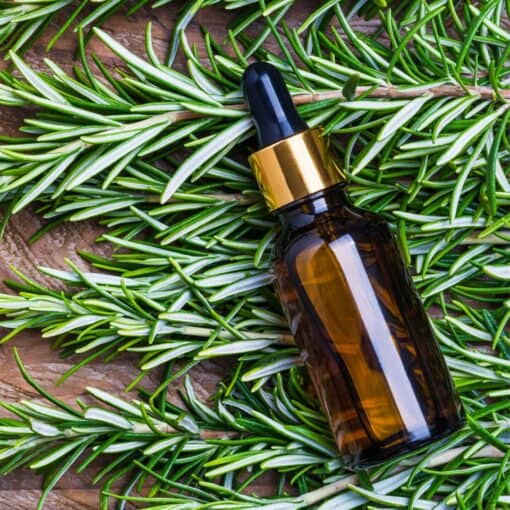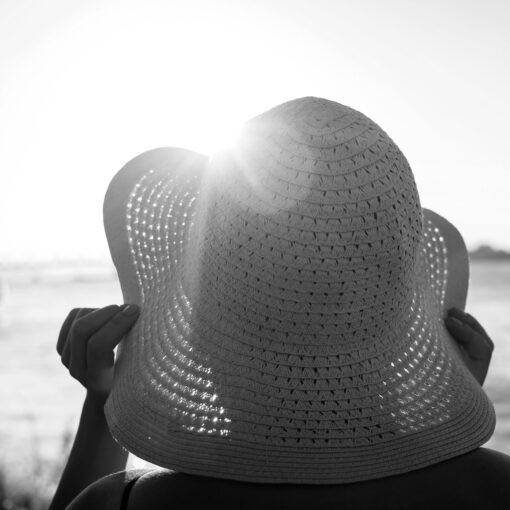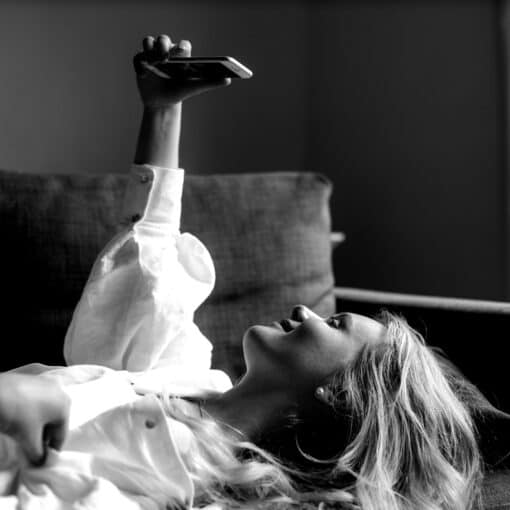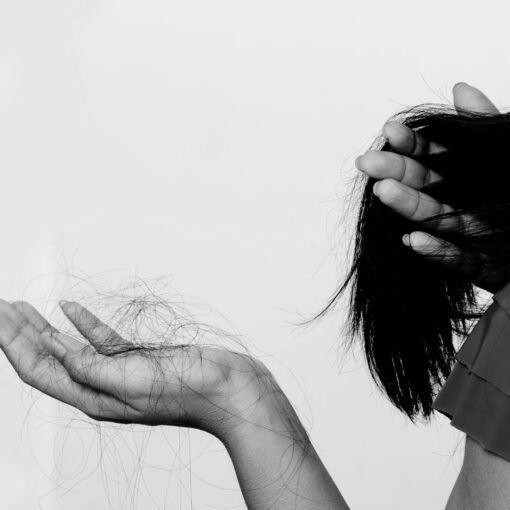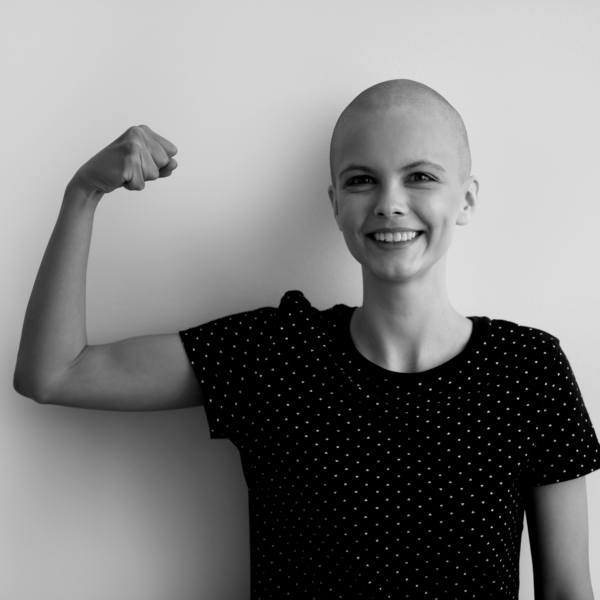
Your Hair and Chemotherapy

Blog by Guest Contributor, Aderans Hair Centre Trichologist Elizabeth
When someone is told they have cancer, there are two questions which first tend to come to mind and are often asked:
“Am I going to die?” and “will I lose my hair?”.
That is how important our hair is to us all.
It helps define the persona we aim to create, identifies us, expresses our personality. There are many stereotypes which define us of blondes having more fun and redheads being fiery.
We can change our hair to suit our moods and activities. A posh “updo” for a special occasion or throwing it into a ponytail while working out.
Hair has the power to change your outlook on your day. If you wake up in the morning and your hair is behaving itself, it feels like the sun is shining and all is right with the world. Wake up in the morning to a bad hair day and it feels like it is raining cats and dogs… and you have no umbrella.
So, what about a no hair day?
Hair loss can be a devastating side effect of chemotherapy. But the good news is that it is usually temporary and when treatment finishes the hair grows back.
Chemotherapy is the use of drugs to kill cancer cells anywhere in the body. Cancer cells divide continuously at a fast pace, as do the cells that create hair. The drugs used can’t distinguish between these cells so kills the hair cells too. The extent of hair loss can vary and will depend on the type of drugs used. You may experience a little thinning or lose all your hair. When the hair fall begins, usually, after a few treatments, it can be very distressing.
Here are a few tips on how to cope with these affects.
- It may help to cut your hair shorter at the beginning. This will get you used to seeing yourself with shorter hair so when treatment has finished, and the hair grows back, you will see your old self back in the mirror sooner than waiting for your hair to grow long.
- Wearing a silk cap or turban in bed at night will contain any hair that falls while you sleep. Making it easier to clear the losses. As your hair falls your heads normal blanket is lost so a silk cap or turban will help to keep your head warm whilst you sleep.
- You may choose to shave your hair off and wear a wig. This is a huge step. Asking a relative, close friend or trusted hairdresser to carry out this option may be less distressing.
- Using a cold cap during treatment. Wearing a cold cap for scalp cooling can help to reduce the hair loss. It works by reducing the blood flow to the hair follicle preventing the follicle feeling the full effects of the chemo treatment. Obviously, the cap is very, very cold and can cause a feeling similar to that of drinking a very cold drink too fast: ‘brain freeze’. The caps are quite heavy, adding to the discomfort and they cannot be used for all chemo treatments. However, if you can tolerate the discomfort, it may be possible to preserve most of your hair, all be it slightly thinner.
Some people can lose the hair on other parts of the body also. It can be difficult to, but it may help to look at this as a temporary plus point – no more waxing!
How quickly the hair grows back will depend on the individual but as hair grows on average 1.25cm per month you could see hair growth within a 4 – 6 week period following the end of treatment. This new hair will be virgin hair. This means it hasn’t been chemically treated, dyed, or damaged environmentally, or by heat when styling.
As your hair grows use a gentle shampoo and conditioner.
Have it cut into shape, so it grows in a manageable style. Keeping your hair looking good will help to restore your confidence, aiding your recovery.
It is NOT advisable to dye your hair in the first six months after treatment as the hair may be fragile and your skin sensitive. A temporary colour could be used and would just wash out, alternatively you could look for a water-based hair dye to add tone and depth.
You will not achieve any permanent colour change or lightening of the hair this way, that should wait for about a year.
Some people report changes in texture on its return. If it was straight before it comes back curly. This may be caused by the traumatic effect the chemo had on the hair follicle during treatment. It may also appear greyer. This may just be perceived as many dye our hair and wouldn’t have seen our natural shade for many years. It may also be because the body isn’t producing melanin, the thing that gives hair its colour, efficiently enough at this stage.
If you are facing chemo or have finished treatment and want advice on your hair, please call us. Speaking with a Trichologist or stylist about your individual needs could make this unpleasant time more bearable.
Elizabeth x

